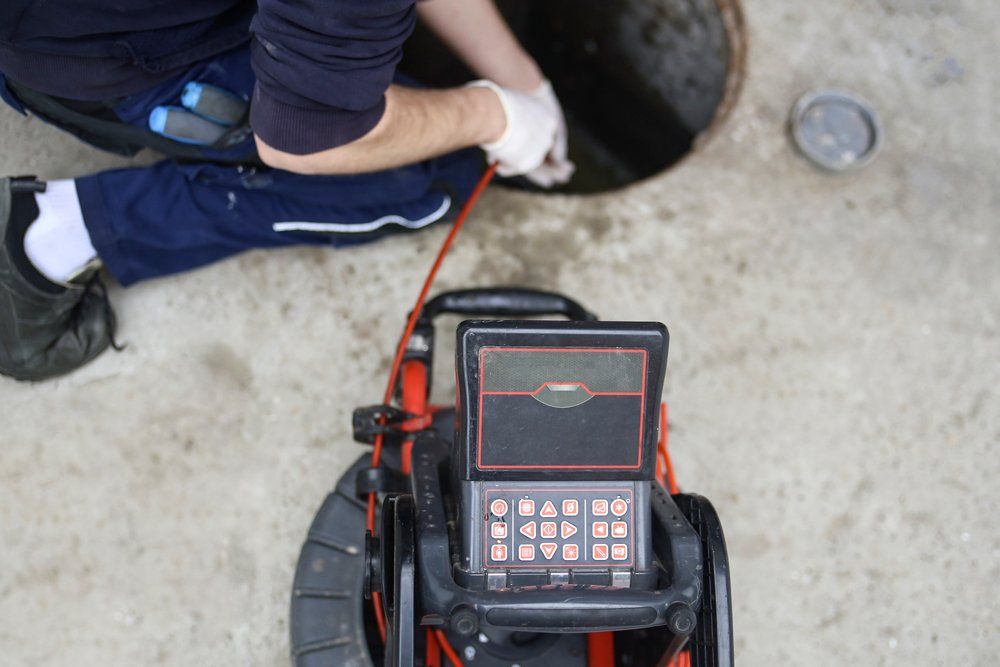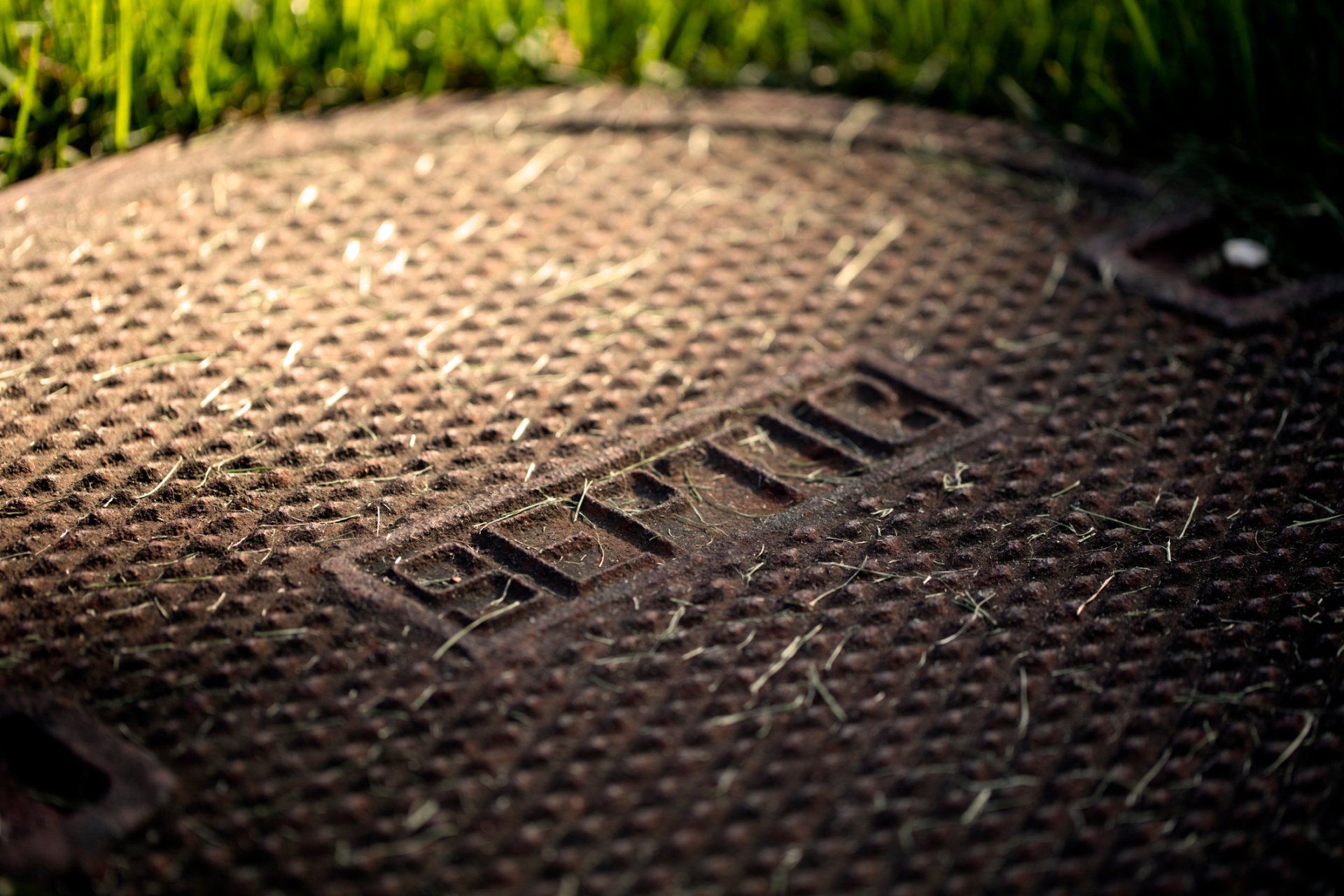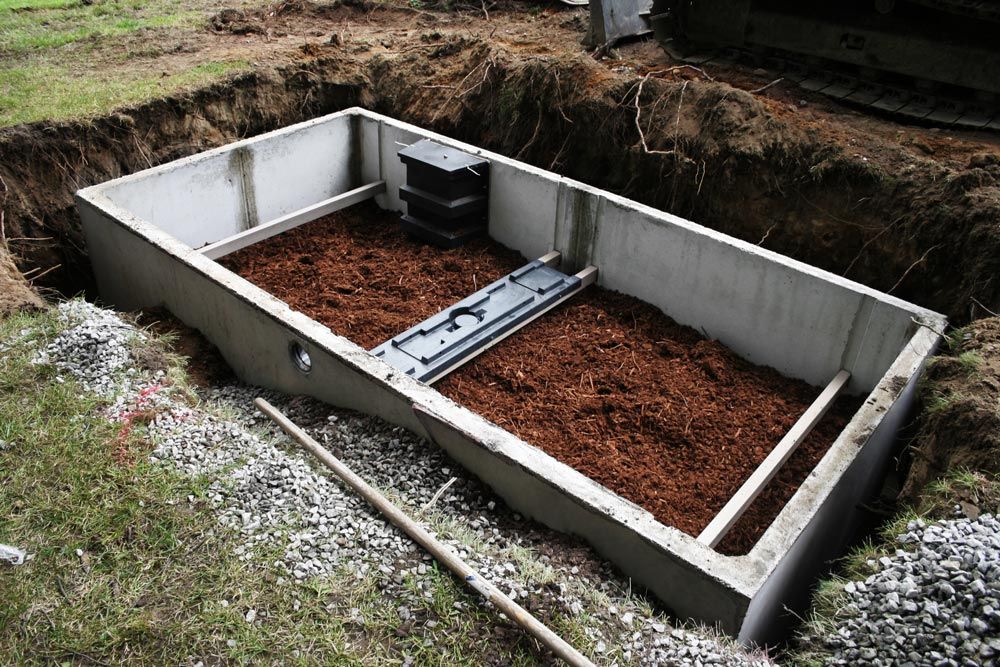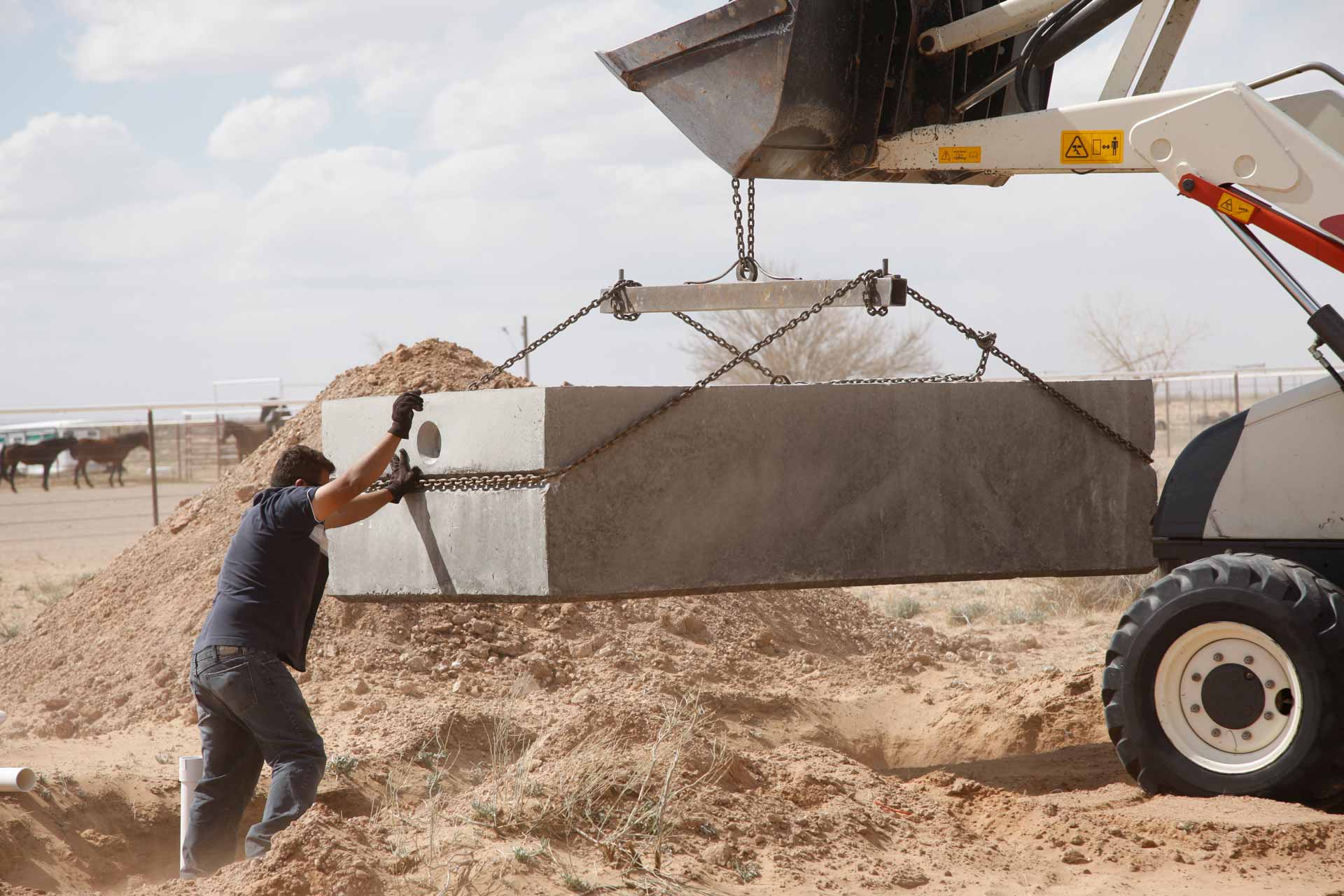4 Tips for Handling Solid Waste in Your Septic System
- By Admin
- •
- 11 Mar, 2022
- •
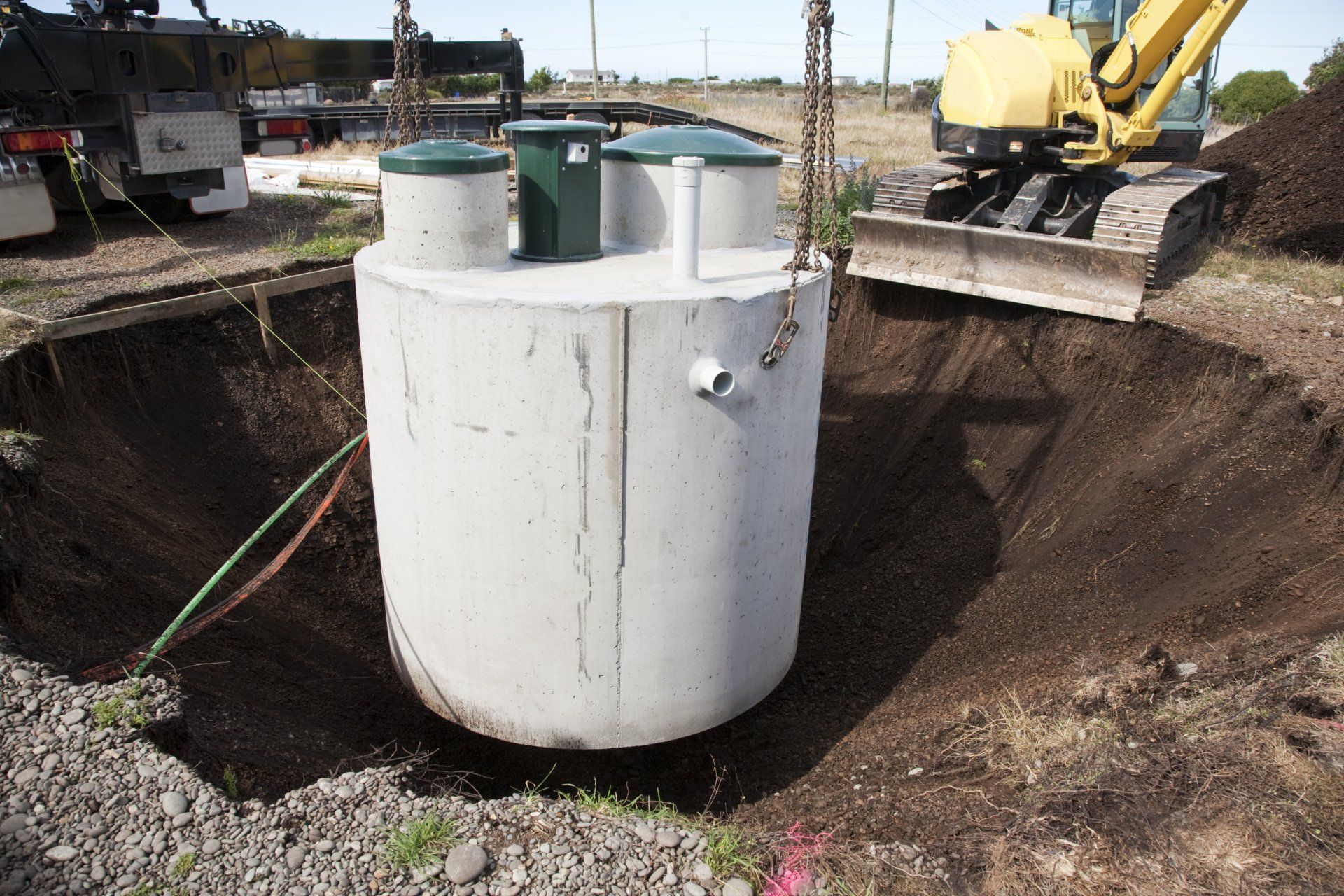
Under the right conditions, your septic system uses anaerobic bacteria to decompose solid waste. Inorganic remnants then settle at the bottom of your tank as sludge, which will need pumping once it accumulates to a certain level. However, large amounts of solid waste can exert pressure on your septic system.
If you often deal with solid waste such as pet remains, paper towels, cigarette butts, or hair, you may find yourself with a slow-moving drain. The good news is you have ways of preparing your septic system to handle large amounts of solid waste. This strategy includes a combination of organic and inorganic waste management tips to avoid blockages in your septic tank.
1. Schedule Regular Drainage Pipe Inspections
For homes dealing with solid waste, taking a proactive approach is critical. Inspect your drainage pipes regularly before significant blockage occurs. For example, large families may experience trouble with slow-moving shower drains or clogging from pet hair. Catching such issues will prevent your septic tank from overflowing your drainfield.
If you experience frequent clogging, consider installing higher capacity pipes or a large septic tank. Larger tanks can handle more waste by giving bacteria additional time to facilitate decomposition.
2. Develop a Plan for Non-Biodegradable Waste
You may know how septic systems separate wastewater into scum and eventually sludge. But what happens if non-biodegradable waste clogs your septic tank? If left unattended, such waste could harden and block your pipes. Non-biodegradables could also end up in your drainfield, clogging soil and resulting in flooding.
Prevent solid waste blockage by pumping your tank. The pumping process removes sludge that piles up at the bottom of your tank. Furthermore, pumping and drain line cleaning is an excellent way of removing any remaining solids from your pipes.
Another important tip is to avoid flushing cooking oil, grease, and non-biodegradable solids down the drain. Also, avoid running dirty laundry water straight into your drainage system. These actions result in soap scum and other items clogging your septic system.
3. Make Adjustments to Your Drainfield
The drainfield releases treated wastewater into the surrounding soil. It essentially acts as an outlet for your septic tank.
You can improve drainfield performance in several ways. For example, raising the ground level around your drainfield will help water flow more freely. You can also install gravel or crushed stone in the area to help with drainage. Finally, be sure to plant septic-friendly grass or other vegetation in the surrounding area. The soil in your drainfield should be porous, providing space for water to leach into underlying layers.
4. Install Smart Sensors
Septic tank smart sensors can track your system and prevent blockages. Smart sensors detect when water levels become too high or low, indicating a problem with your septic tank. Early detection is critical when avoiding overflow related to solid waste.
Smart sensors come in many different options. Some models connect to your smartphone or tablet, while others transmit data to a central monitoring station. If you like to remain in complete control of your septic system, consider sensors that you can monitor in real-time via a mobile device.
On the other hand, central monitoring is an excellent solution for busy families. With this option, you can develop a maintenance schedule to remove non-biodegradable solids from your septic system before blockage occurs.
If you struggle with solid waste, Pete's Outflow Technicians are here to help. We specialize in septic and grease interceptor services for commercial and residential properties. Contact us to develop a septic tank maintenance plan for your home today. We look forward to helping you with all your septic needs.

